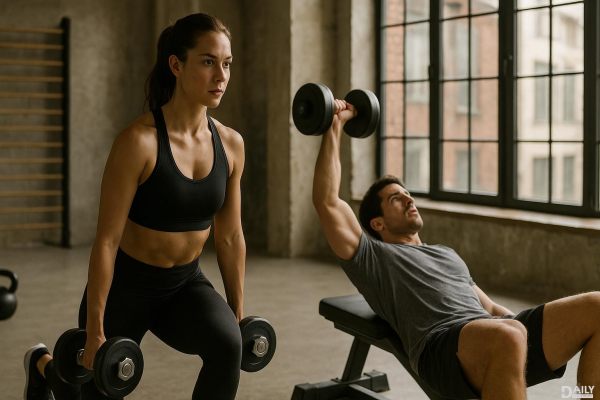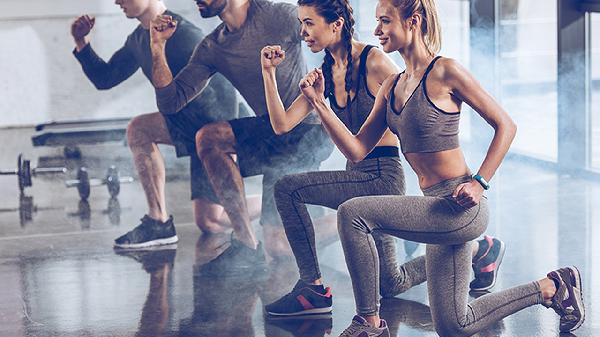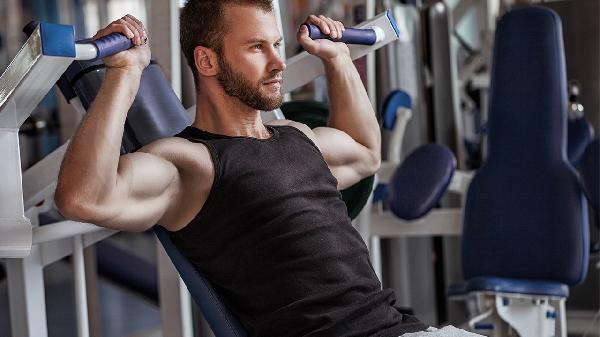Workout supersets are the secret to faster fitness gains because they maximize efficiency, keep your heart rate elevated, and challenge your muscles in ways traditional sets can't. By pairing exercises back-to-back with minimal rest, you're essentially doubling the workload in half the time—meaning more gains, less waiting around. Whether you're lifting for strength, endurance, or hypertrophy, supersets can be the turbo boost your routine needs.

Supersets work because they exploit two key principles of fitness: metabolic stress and time under tension. When you perform two exercises consecutively—especially opposing muscle groups like biceps and triceps—you create a "pump" effect that floods the muscles with blood, accelerating growth. Studies show this method increases growth hormone production more than traditional rest periods. Plus, the constant movement keeps your heart rate up, turning strength training into a sneaky cardio session. Win-win.
Not all supersets are created equal. The most effective pairings fall into three categories: agonist-antagonist (think chest/back or quads/hamstrings), same-muscle group (like two different biceps exercises), and upper/lower splits. Agonist-antagonist supersets are king for efficiency—while one muscle works, its opposite recovers, letting you lift heavier with less fatigue. Same-muscle group burns like crazy (in the best way), and upper/lower splits keep your entire body engaged without overloading one area.
If you're after strength, pair heavy compound lifts (bench press + bent-over rows) with 2-3 minutes of rest between supersets. For hypertrophy, choose moderate weights and shorter rests (45-60 seconds) between paired exercises—curls paired with skull crushers are a classic. Endurance athletes should opt for high-rep, low-weight combos (jump squats + push-ups) with almost no rest. The key? Match the superset style to your objective, or you'll just end up tired without progress.
Supersets aren't a free pass to sloppy training. The biggest mistakes? Choosing random exercises with no strategic benefit (sorry, bicep curls + calf raises won’t cut it), skimping on rest to the point of form breakdown, and pairing moves that interfere with each other (like deadlifts followed by box jumps when your legs are jelly). Another pitfall: ego lifting. Supersets demand slightly lighter weights than traditional sets—if you go too heavy, your second exercise suffers.
Supersets aren't always the answer. Traditional straight sets (resting between each exercise) are better for pure strength peaks and mastering technique on complex lifts like snatches. But if you're short on time, chasing a pump, or trying to break through a plateau, supersets dominate. Many elite lifters blend both—straight sets for main lifts, supersets for accessories. The hybrid approach gives you the best of both worlds: heavy strength work and metabolic carnage.
Supersets aren't a magic bullet, but they're close. They force adaptation, save time, and keep workouts from feeling stale. The real secret? Consistency. Whether you're supersetting or not, showing up and pushing hard is what ultimately builds a stronger, leaner physique. Now go pair some exercises and make your next workout count.
























